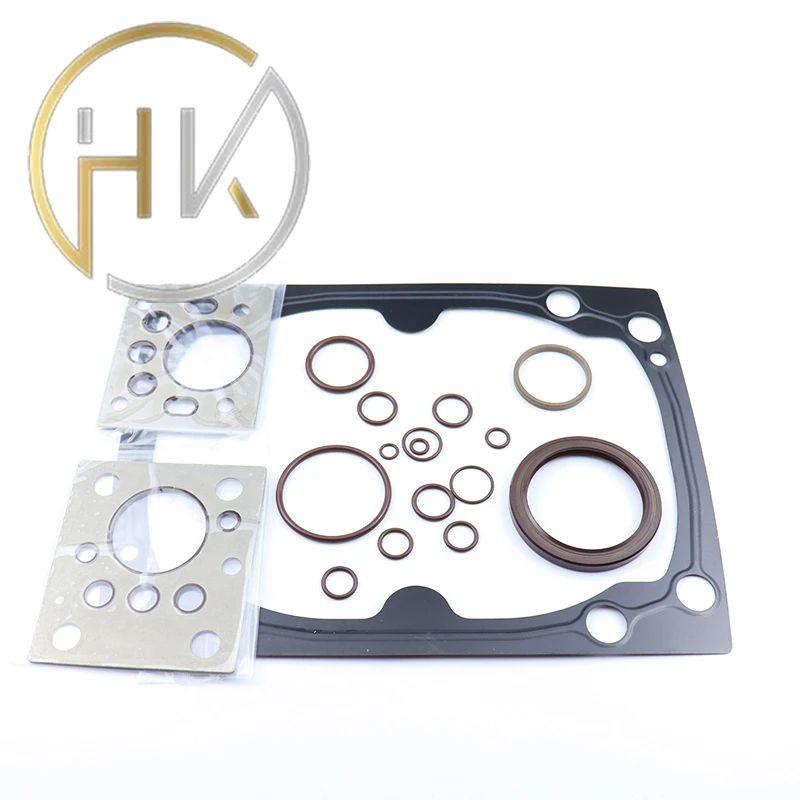Sep . 28, 2024 10:46 Back to list
hub bearing seal
Understanding Hub Bearing Seals Importance and Functionality
Hub bearing seals are vital components in the functioning of various vehicles and machinery. They serve as protective barriers that prevent contaminants such as dirt, dust, and moisture from entering the hub assembly and causing potential damage to the bearings. By maintaining the integrity of the seal, hub bearing seals play a critical role in ensuring the longevity and efficiency of the wheel hub assembly.
At the core of a hub bearing assembly are the bearings themselves, which allow for smooth rotation of the wheel. However, these bearings are susceptible to wear and tear if they are exposed to external contaminants. This is where the hub bearing seal comes into play. Designed as a protective cover, the seal ensures that only the necessary lubricants can enter the bearing and that harmful particles are kept at bay.
There are several types of hub bearing seals, each specifically designed to cater to different applications and environments. Most commonly, you will find two types lip seals and radial seals. Lip seals have a flexible lip that makes contact with the shaft and creates a barrier against contaminants. Radial seals, on the other hand, utilize a circular design that helps to maintain pressure and keep lubricants inside while blocking outside substances. The choice between these seals often depends on the vehicle type, load conditions, and environmental factors.
hub bearing seal

The materials used in manufacturing hub bearing seals also vary. Commonly used materials include rubber, silicone, and thermoplastic. These materials are chosen for their durability, resistance to heat, and ability to withstand various chemicals they might encounter in their respective application environments. Ensuring the proper selection of seal material is crucial, as it directly impacts the effectiveness and efficiency of the hub bearing assembly.
One of the key reasons for the importance of hub bearing seals is the cost associated with bearing failure. When contaminants enter the hub assembly, they can lead to rapid degradation of the bearings, resulting in costly repairs and downtime. Regular inspection and timely replacement of worn seals can save significant amounts of money in maintenance and extend the life of the wheel hub assembly.
Moreover, hub bearing seals contribute to the overall safety of the vehicle. A failure in the hub bearing can lead to catastrophic consequences, including loss of control while driving. Maintaining the integrity of the seals ensures that bearings function effectively, keeping the vehicle secure on the road.
In conclusion, hub bearing seals may seem like small components, but their impact on the performance and safety of vehicles and machinery is significant. By preventing contaminants from entering the hub assembly, these seals help preserve the effectiveness of the bearings, prolong their life, and ultimately ensure a smoother, safer ride. It is crucial for vehicle owners and operators to pay attention to the condition of their hub bearing seals and address any signs of wear promptly. Regular maintenance will not only enhance performance but also provide peace of mind while on the road.
-
TCN Oil Seal Metal Ring Reinforcement for Heavy Machinery
NewsJul.25,2025
-
Rotary Lip Seal Spring-Loaded Design for High-Speed Applications
NewsJul.25,2025
-
Hydraulic Cylinder Seals Polyurethane Material for High-Impact Jobs
NewsJul.25,2025
-
High Pressure Oil Seal Polyurethane Coating Wear Resistance
NewsJul.25,2025
-
Dust Proof Seal Double Lip Design for Construction Equipment
NewsJul.25,2025
-
Hub Seal Polyurethane Wear Resistance in Agricultural Vehicles
NewsJul.25,2025
-
The Trans-formative Journey of Wheel Hub Oil Seals
NewsJun.06,2025
Products categories
















